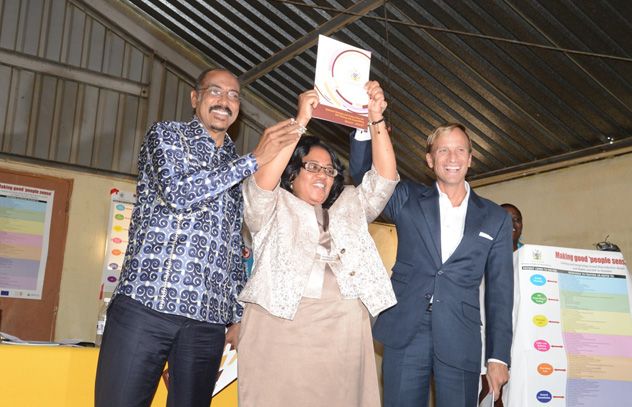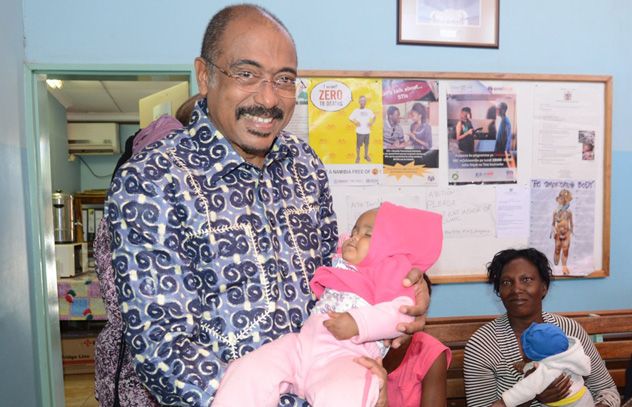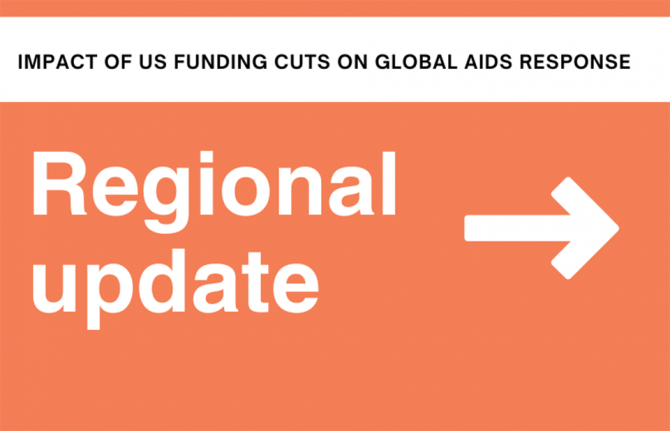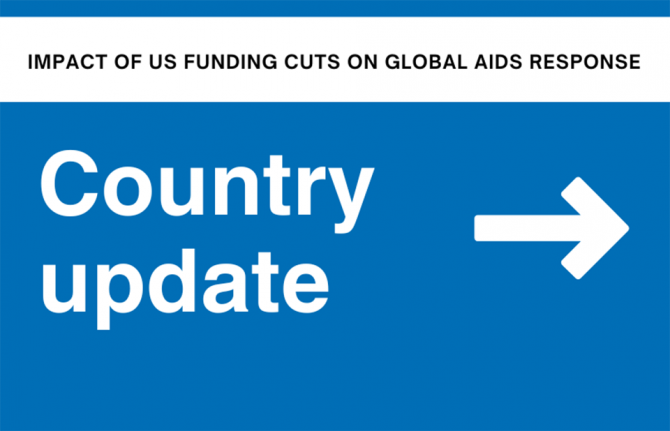


Feature Story
Accelerating HIV prevention and treatment in Namibia
06 November 2014
06 November 2014 06 November 2014The Government of Namibia has launched a three-year strategic action plan to accelerate nationwide HIV testing and counselling. The action plan, launched on 4 November, was developed by the Ministry of Health and Social Services in consultation with the United States Centers for Disease Control and Prevention, the United Nations Joint Team on AIDS and other development partners.
The main aims of the plan are to improve early detection of HIV and create effective linkages to integrated HIV prevention, treatment and care services in Namibia. It will also focus on strengthening linkages to increase early initiation of treatment, improving testing among key populations and scaling up integration of routine testing in clinics.
“The impact of the HIV testing and counselling strategy depends on linkages to care and treatment services, particularly for people living with HIV. This strategy marks our move from emergency response programming to a more sustainable and evidence-based approach,” said Petrina Haingura, Deputy Minister of Health and Social Services.
Government figures show that around 178 200 people living with HIV were receiving antiretroviral therapy in Namibia by the end of 2013. Between 2005 and 2013, Namibia had an estimated 33% reduction in new HIV infections and 8400 fewer AIDS-related deaths. However, most of the people living with HIV in Namibia do not know their status and often come for testing late, preventing timely access to HIV services.
“The new strategy will allow Namibia to move closer to reaching the new UNAIDS 90-90-90 target. Through our continued collaboration, quick response to epidemic changes and creative use of combination interventions we can achieve and AIDS-free generation in Namibia,” said Simon Alogory, CDC Director of the Centers for Disease Control and Prevention in Namibia.
The Executive Director of UNAIDS, Michel Sidibé, was in Namibia for the launch of the plan, where he stressed the importance the new plan would have on achieving the new 90–90–90 targets recently announced by UNAIDS. Achieving the 90–90–90 targets would mean 90% of people living with HIV knowing their HIV status, 90% of people who know their status accessing HIV treatment and 90% of people on HIV treatment having a supressed viral load.
“The 90–90–90 target reinforces everyone’s right to know their HIV status and to access the best possible treatment,” said Michel Sidibé, Executive Director of UNAIDS.
Besides creating linkages to services, 90–90–90 is an essential entry point to addressing challenging social and structural issues, including equity, stigma and violence against women.
The Executive Director of the Global Fund to Fight AIDS, Tuberculosis and Malaria, Mark Dybul, was also present at the launch. He said, “Integration is about putting people at the centre of our service delivery. It is about bringing communities together to lift up that adolescent girl.”



